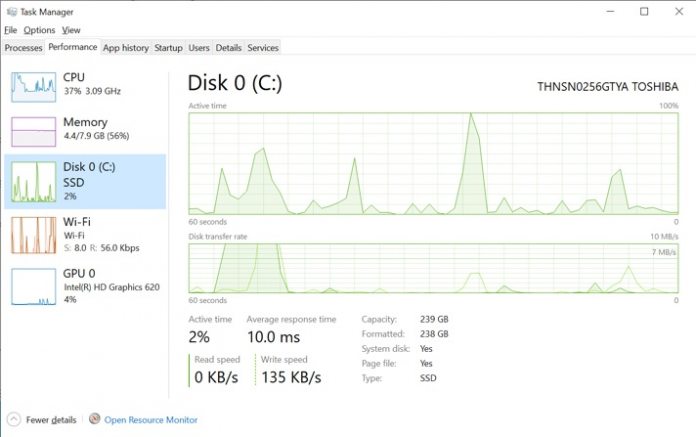In an explainer, the man behind the Task Manager has discussed the birth of the feature and shared some of its secrets. Ex-Microsoft programmer David Plummer developed the Task Manager back in 1994. It shipped soon after as part of Windows NT 4.0 and landed on Windows 95. We already know the tool allowed users to monitor resources, component usage, and to kill apps and processes on their PC. Plummer says he created Task Manager as a tool for troubleshooting processes. It’s primary goal was to help users understand why their PC is underperforming. When something freezes or crashes on a PC, the Task Manager is a first port of call for many users. It usually works above crashes and can be started through CTRL+ALT+Delete key combination. However, what do you do in instances where the Task Manager itself freezes?
Second TM Instance
While most power users may know the answers, many casual PC users probably won’t. Plummer is on hand to help out and points out users can launch a new instance of Task Manager with the CTRL+Shift+Escape key combo. When this happens, Winlogon in the Windows Login subsystem will check for the current instance of Task Manager. The subsystem will attempt to retrieve the crashed instance but if there is no response for 10 seconds another instance will be launched. “That way, you’re never without a Taskmgr as long as there are some resources available,” Plummer says. If resources are an issue, Plummer says Windows can launch Task Manager in a limited capacity. This will include reduced capabilities but allow users to see and kill processes. Even if Windows Shell or Explorer are not functioning, the CTRL+Shift+Escape combination allows users to restart both. “So if the Shell/Explorer is dead, use this key combo to bring up TM and then reset/restart the shell. Even if your tray is missing and gone, this combo should start it,” he advises.




